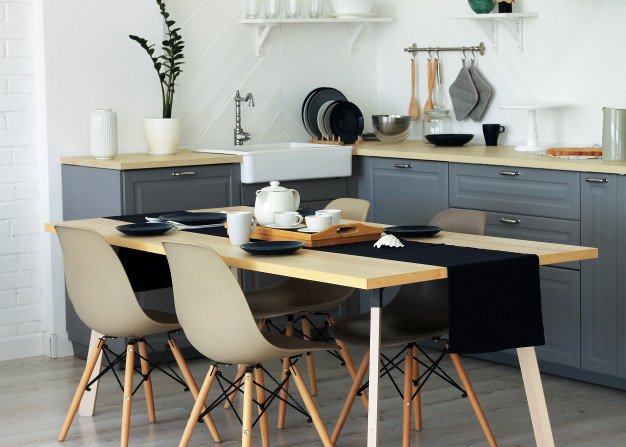Replacing your home appliances might not be an appealing endeavor because it carries a hefty price tag. When your appliance has been experiencing frequent breakdowns, you know that unit replacement is the only option you have. There are factors that determine the longevity of your units such as the brand, type, and age. Home appliances can serve you for many decades.
However, the manner you are using your home appliances can either shorten or lengthen their lifespan. Your air conditioner, for instance, needs regular servicing. An AC repair technician should inspect your unit to find out if there are underlying problems that can cause the unit to breakdown. As for other home appliances, giving them TLC should be the best practice to follow. Even simple practices can definitely make a huge difference in extending the lifespan of your appliances.
Clean and unplug your appliances:
The simple and yet most frequently forgotten practices are cleaning and unplugging your appliances when not in use. It is important for your appliances to be as clean as possible because dust, stains, and grease can negatively impact your appliances. Whether it is a food processor, oven, fridge or air conditioner, all of them needs regular cleaning. When you are finished using an appliance, do not forget to clean it right away. Cleaning your home appliances might have already slipped your mind but it is an important practice that can keep your appliances in tip top shape.
Keep your washing machine at a matching level:
All appliances have moving parts which are the ones that wear out first. Even your washing machine has these moving parts and they need to be well taken care of so they stay fully functional. Your washing machine can only get longer lifespan if you consider keeping it level. Check the surface of your washing machine using a spirit level. Be sure to adjust the legs so you can keep them at a matching level to prevent fewer breakdowns and to maximize the performance of your washing machine. Your washing machine’s internal motor and drum will thank you for it.
Avoid putting firm items your food processor:
Your food processor allows you to blend ingredients and speed up food preparation. However, your food processor’s lifespan can be shortened if you use it for cutting hard ingredients like nuts or coffee beans. These ingredients might blend but they can have a negative impact on the food processor’s blades. Avoid blending them whole. You should cut them into smaller pieces before you put these ingredients in your food processor. Your food processor will continue to serve you if you use it the way it is intended.
pre-wash dishes before Placing them in the dishwasher:
You can save time when you use your dishwasher for washing dirty dishes. However, if you directly put your dishes in the dishwasher without pre-washing them, this practice can do serious damage to your appliance. Dishes with sticky food items need to be prewashed as the dishwasher might not be able to wash them off completely. Not only will you reduce wear but also ensure that your dishes are free from grease or oil.
Scheduled maintenance:
Regardless of your home appliance, maintenance is sure to prevent untimely repairs or replacement. While home appliances are expected to last for a decade or even more in some cases, your appliances will stop functioning as they should if you do not consider scheduling regular maintenance. The purpose of maintenance is to ensure that minor problems are properly addressed before they become severe. Problems with your appliances that are not immediately addressed can be the reason for considering replacement earlier than you expected.
While DIY maintenance can save you money, there is no guarantee that you have thoroughly inspected all aspects of your home appliance. You still need to consider calling a professional to do the job. They have the tools, knowledge, and expertise to ensure that your appliances will be in working condition. You do not have to buy new appliances if you know how to take good care of the existing ones. By following these practices, you can be sure that your home appliances will make your life easier even in many years to come.
Read Also:






















